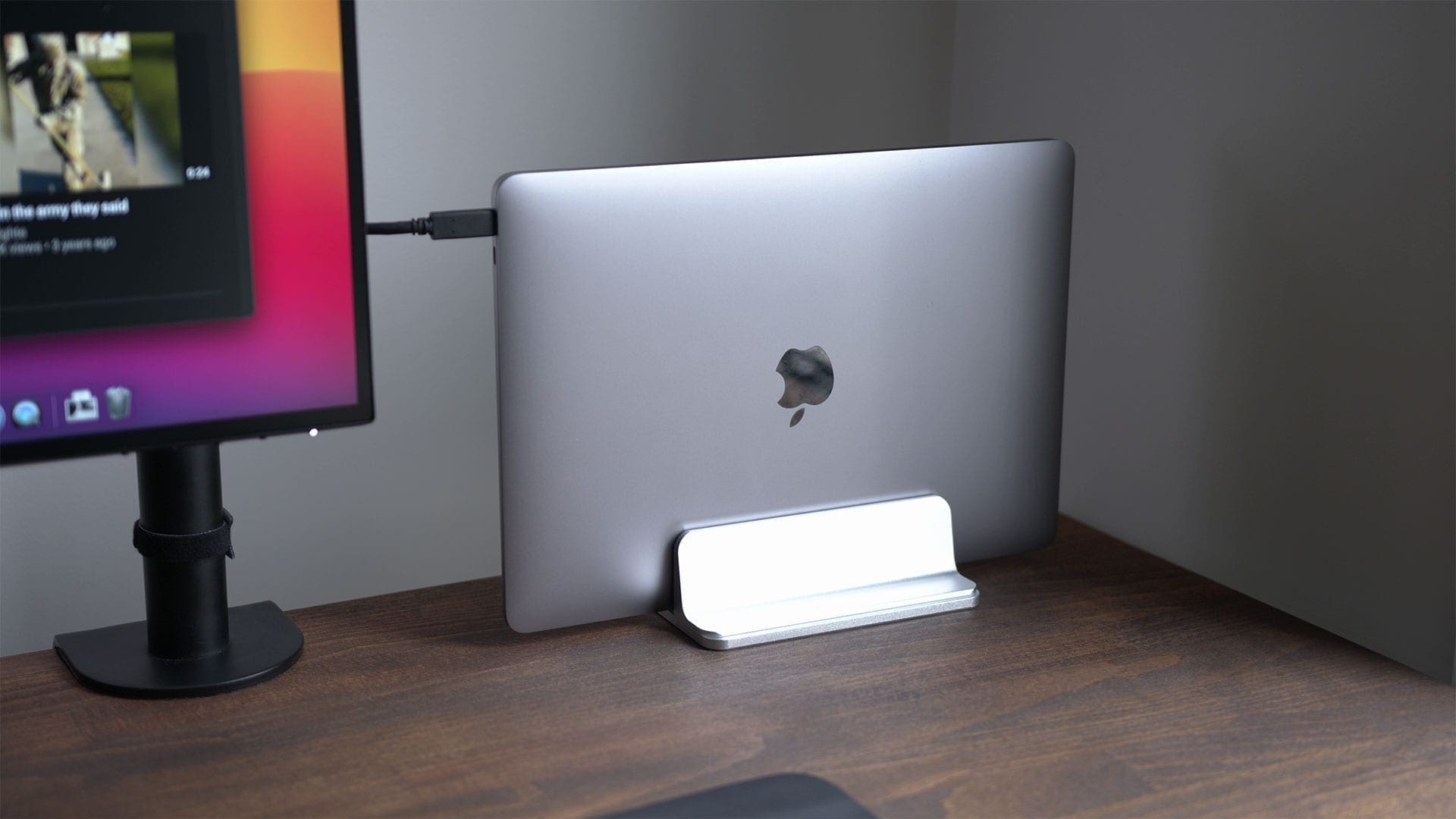If you saw one of my recent articles on excessive data being written to the internal SSD on Macs, you’d know I discovered one of the main culprits. That of course is disk write caching on third party browsers such as Firefox, Chrome, and Edge.
Luckily, it is fairly easy to disable browser cache on your third-party browser.
Although this feature is technically unrelated to the swap memory issues we’ve been seeing, there is evidence that excessive disk write caching on third-party browsers can contribute to an earlier than expected failure of your Mac’s internal SSD.
In some situations these browser caches were writing several hundred gigabytes of data every hour to my internal SSD.


It’s important to note that excessive browser disk caching is only really an issue if you’re watching or streaming a LOT of video content. When I say a lot, I mean hours every day. For normal usage, you probably don’t need to bother with these steps.
For streaming video content, or Youtube in the example I mentioned in my last article, these caching processes actually write and buffer the video to your internal SSD. This is done instead of RAM to ensure playback is smooth in case of RAM, internet, or system issues. It’s a normal function of many browsers and even happens on Windows PCs as well.


Unlike many Windows PCs however, the SSD on your Mac (depending on the model) is soldered to the logic board and cannot be replaced if it fails. This is especially important for people who have a base model 256GB SSD.
Due to the lower capacity and therefore having a lower TBW, it is more likely to wear quicker from excessive data writing compared to a 512GB or 1TB SSD for example. Although, like I’ve said previously, this will take a very long time to happen regardless of how much you write to it.
If you want to limit how much data these browsers write to your internal SSD, I’m going to show you how to disable them on several different browsers.
How to check how much data apps and processes are writing to your SSD
Firstly, we need to know how to check how much data apps such as Chrome or Firefox are writing to the internal SSD. This is simply to do on macOS, just open Activity Monitor, go to the “Memory” tab, and right click on the top menu. Then, select “Bytes written”.


This will display how many bytes that particular app or process has written to your SSD in total since it’s been open.
Turning off streaming media caching in Chrome
Chrome uses a process called “Google Chrome helper” to write and cache video files to your SSD. Luckily, this feature can be switched off relatively easily. Simply copy and paste the following and paste it in your search bar, then hit the return key.
chrome://flags/#turn-off-streaming-media-caching-always
Next, change the setting for “Turn off caching of streaming media to disk” from “Default” to “Enabled”. Restart the browser when prompted, and that’s it. Streamed video content will no longer write to your disk.


Turning off streaming media caching in Brave/Opera
Brave and Opera are Chromium-based, which means they are almost identical to Chrome. You can simply follow the same instructions as Google Chrome.
Turning off Firefox browser cache
Navigate to the search bar on your Firefox browser, and enter the following command:
about:config
Just below the search bar, there is another search bar where you will enter browser.cache.disk.enable and change this setting to false. If you’d prefer to limit the amount of data the browser cache writes instead of outright disabling it, that is also possible. Ensure that browser.cache.disk.enable is set to true, and enter a value for browser.cache.disk.capacity.


You may also search for browser.cache.memory.enable and set this to false if you want to limit how much memory Firefox utilizes for cached data. I personally don’t do this. However, if you want to keep Firefox from using too much memory, you may opt for this approach.
Turning off Edge browser cache
Open Finder, and navigate to your hidden library folder. You can do this by clicking Go in the top left corner, hold the option key on your keyboard, and you will see the Library folder appear.
Navigate to Library>Caches>Microsoft Edge>Default>
Select the Cache folder, right click, get info, navigate to Sharing & Permissions, and set the privilege to “read only”.


Bear in mind that if you ever empty the caches folder, the permissions for this folder will likely reset. The solution is to simply navigate back to this folder, and set the permissions again.
Are there any drawbacks to disabling caches?
In short – not really. You may experience a slight loss of performance, particularly when watching Youtube videos or other streamed video content. This is because instead of caching the videos (including buffering) to your SSD, the browser either doesn’t cache the video at all, or caches it within RAM.
This leads to the next point – disabling caches may also slightly increase the amount of RAM your browser utilizes. However in my testing I did not notice a significant increase, and this is only relevant if you’re actively watching or streaming videos.





